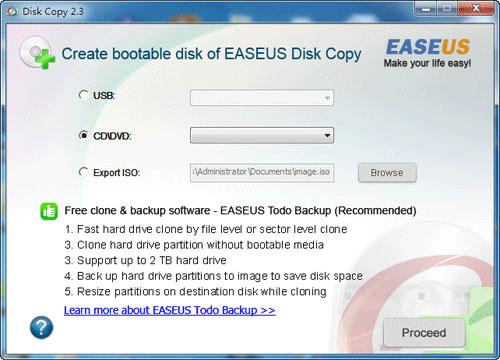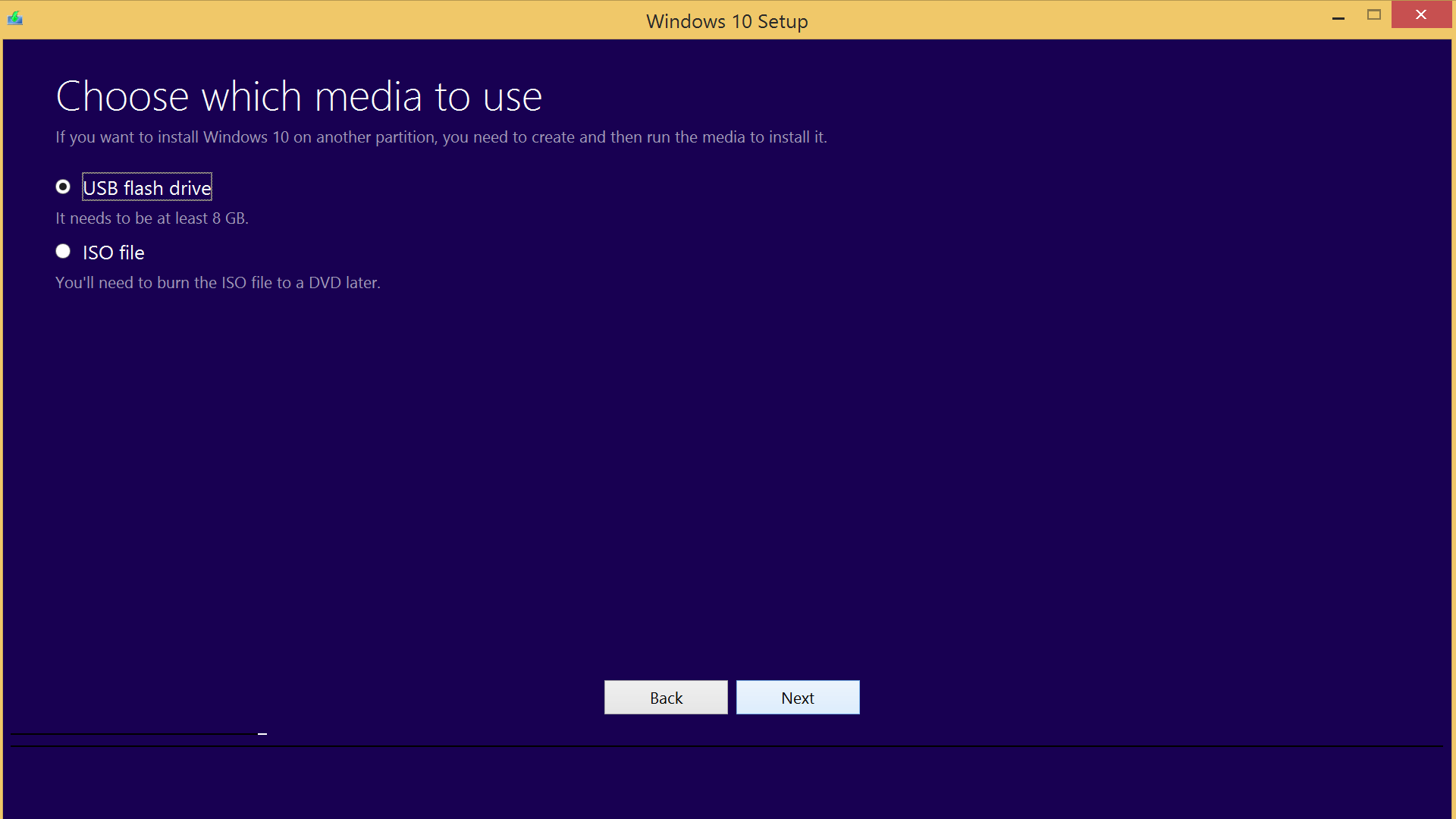

After that, for the last data block of 64 KB size, a new hash is calculated which is used to encrypt the next data block, etc. This is achieved in the following way: for the first data block of this file, 64 KB in size, a hash is calculated, which is used to encrypt the next 64 KB block. In addition to all of the above, the data in the Encase image is protected from change. Forensic copies in the Encase format can significantly save disk space on the computer of an incident investigation specialist or a computer forensics expert. In this case, the acquired data from the source drive is compressed (for example, in the case of forensic accounting, the file size – forensic image of the hard drive of the accounting computer can be 9 times smaller than the size of the source drive). Most often, when creating forensic copies of hard drives, an Encase file is used.

Therefore, the use of DD files results in the purchase of a large number of hard drives to store the created files, which leads to additional financial costs. However, often the hard drive is not full of files, even half. The DD format is a file containing a copy of the data of the examined hard drive and has a size corresponding to the size of the hard drive. Usually, this image has the format DD (RAW) or Encase (E01). This creates a sector-by-sector copy of the hard drive under study.


 0 kommentar(er)
0 kommentar(er)
